The Rastafarian diet, as well as other aspects of the culture and religion, is based on Ital. The word can be translated as “vital”, a way of emphasizing the empowerment of Jamaicans and an understanding of our relationship with the environment. Ital food plays a crucial role in the lives of Rastafarians. We are talkin’ pure, natural food that nourishes the body. In this article, we are going to expand on the subject of Ital and show you how you too can adopt a Rastafarian diet.
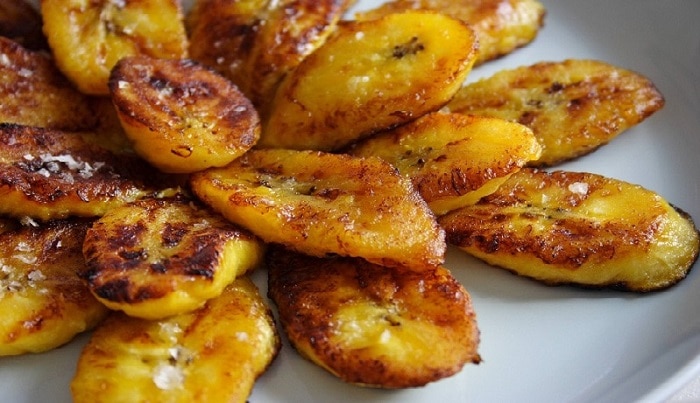
The Role of Ital in the Rastafarian Culture
Leonard Percival Howell
We can’t possibly move on to the Rastafarian diet and the foods you are allowed to eat until we talk a bit more about Ital. Every aspect of the life of a Rasta circles the concept of Ital. The Rastafarian movement developed in the Caribbean island of Jamaica in the 1930s. Rastafarians credit their culture to the late Mr. Leonard Percival Howell. While the Rastafarian Culture was geared towards the Rasta people, it also speaks on an important period in the extraordinary history of the Jamaican people.
Initially, the movement arose as a stance against injustice, inequality, and oppression that were common in the country at that time. The Rastafarian Culture in Jamaica started in Sligoville, St. Catherine. As history has it, Mr Howell started the first established Rastafarian village in 1940. He brought 500 acres of property in Sligoville, St. Catherine and named it Pinnacle. Thereafter, Pinnacle became one of the first self-sufficient communities in Jamaica. The community growth was due to the many skilled professional craftsmen and women who moved in.
As the saying goes, change comes with a price tag and in this case, it was at Mr. Howell’s expense. The authorities seek him out over and over and when they found Mr. Howell, they locked him up in jail for the simple reason just because they could. Leonard Percival Howell dared to be different, he dared to adopt change. He dared to embrace the Rastafarian Culture and worship a black king. The Rastafarian movement went against the state, the ruling regime and encourages the Back-to-Africa concept, black pride, and freedom.
Ras Tafari Makonnen & Marcus Garvey
The whole Rastafarian belief surrounds Ras Tafari Makonnen who was crowned Emperor Haile Selassie I in Ethiopia on November 2, 1930. Interestingly enough, Mr. Howell was a Garvey-ites. He was one of Marcus Garvey’s top lieutenants as a member of the Universal Negro Improvement Association (UNIA) in the United States. During that period of working as a UNIA member, he heard time and time again, Garvey speaking of the crowing of a black king. Marcus Garvey’s vision of the crowing of a black king was, in fact, Emperor Haile Selassie I. As a result of Garvey’s prediction, his prophecy was realized and greatness, some say, may have been overdramatized.
Howell’s King of Kings Mission
In 1932 Howell returned to Jamaica and by 1933 he saw the significance of what Emperor Selassie I meant to African people. He started the King of Kings mission and appointed himself Selassie’s representative in Jamaica. Since then, Rastafarian has always been the subject of fascination all around the globe.
One ideology of the Rastafarians culture is to reject the Western lifestyle. That Western Lifestyle is many times guilty of materialism, vanity, greed, and unethical behavior. Rasta lifestyle often circulates around the gastronomy or to be more specific, “The Rastafarian Ital Cooking.” As cliché as it may sound, the Rastafarians treats their body as a temple. In doing so, they promote their health and wellness through a nourishing Rastafarian diet and exercise.
As mentioned, the Rasta diet is often referred to as Ital. Despite the fact that this concept comprises other practices as well, the term is more often than not applied to the diet of the Rastafarians. Generally, Ital is associated with vegetarianism. The dietary laws are similar to those followed by the Jews, which you can read in Leviticus – Chapter 11. Some Ital followers also eat raw, uncooked foods for periods of time, while others fully adopt a vegan diet. However, the vegan approach raises some questions because of the health concerns associated with this very restrictive diet.
The Rastafarian Diet in a Contemporary Society
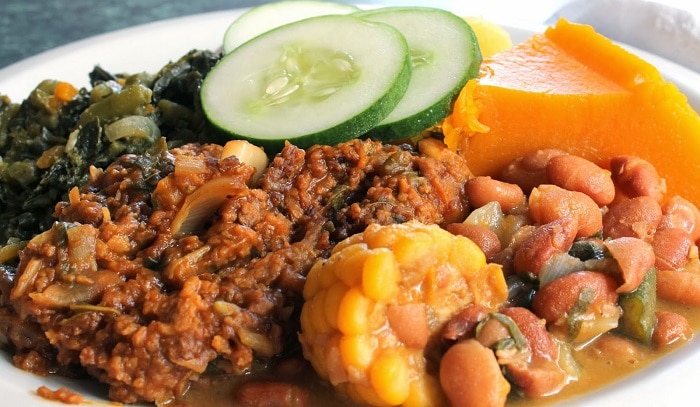
Many things have changed since the birth of Ital in the 1930s, and one of the most obvious facts is the globalization of the movement. Because the Rastafarian diet is quite flexible, anyone who desires to embrace a healthier lifestyle can practice Ital. Not every Rasta adhere to the same form of the diet.
Green Juice
In addition to a healthier eating lifestyle diet, these days many people are drinking green juice. Green juice is made from a combination of green leafy vegetable along with other fruits. Put these fruits and vegetables into a blender and mix until it becomes a green liquid juice. Enjoying green juices doesn’t limit you to any specific green leafy vegetables and fruits. Different persons add various kinds of fruits to use as their ingredients when making green juices.
Organic Products
Today, the concern with the genetically modified organisms and the production of food has to lead many to look for an alternative. As a result, health movements enjoy greater popularity than ever. The shift toward natural foods demonstrates how Ital can be applied worldwide. A good example is a couple living in Liverpool, UK, who has set up a food truck with the mission of educating people on Ital eating.
All around the globe, people are talking about organic products more than ever before. As you travel from country to country, you are finding more fruit markets and more supermarkets that cater to organic products. Today, people are equally health conscious about going to the gym as they are about eating healthy. So it is the Rastafarians’ philosophies of the 19 Century taking roots, growing and accepted. Now in the 21st Century, eating healthy has become a normal way of life for many. There are still quite a few people who are not fully committed to be a vegan or a vegetarian yet they find ways to live a healthier lifestyle.
What Can You Eat on a Rastafarian Diet?
Rasta foods do not contain preservatives, additives, chemicals, food colorings or flavorings. Ital foods do not contain salt, but you can add flavor to Ital dishes using herbs and spice. Ideally, the food should be produced on family farms. Needless to say, packaged foods from large supermarkets are a big no-no.
Fruits and vegetables
When following a Rastafarian diet, fruits and vegetables are the staples. Most of them are eaten raw but you can also cook them lightly. This is because we should try to retain as much of the nutritional quality, flavor, and texture of the foods we consume.
Most dishes contain scotch bonnet peppers, very popular in tropical areas because of their smoky flavor. Cassava is a vegetable that is typically used as a potato when cooking. This starchy vegetable can also be ground into flour. When wanting to add that specific Caribbean flavor to their dishes, the Rastas will obviously turn to coconut. You can make the most of it by using the fruit, milk, as well as the oil.
Coconut has many purposes starting with the water/juice. Coconut water directly from the coconut has no calories and it helps to boost your immune system. It’s a quick source of energy and hydration. The milk from the coconut after blended is use in cooking such as making rice, porridge and baking. This fruit/nut/seed is a well rounded nutritional source and a perfect fit for the Rasta lifestyle.
Other popular vegetables and fruits include leafy greens, onions, yams, carrots, pumpkin, oranges, papaya, melons, strawberries, and currants.
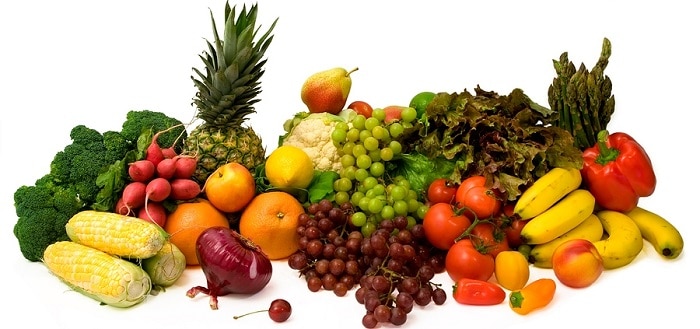
Nuts and grains
Rastafarians love brown rice, a side dish that accompanies many foods. Roasted seeds are also quite common, adding flavor to Ital dishes.
Another way to get a healthy amount of protein we all need is to eat beans, peas, and legumes. Since meat is not allowed, one of the main problems with Rasta foods is the protein deficit.
Meat
Rastafarians do not think we need meat to fuel our body. They consider that other foods can provide all the nutrients, vitamins, and minerals that we need. Furthermore, for many, meat is a form of cannibalism. They also view meat as one of the main contributors to the increasing rate of obesity in Jamaica, as well as a risk factor for certain diseases and illnesses.
Now, while Rastafarians do not eat meat, shellfish, or fish without scales, certain fish is accepted. The rule is that it must not measure more than 12 inches. While it may seem bizarre, the reason is actually quite obvious. Larger fish usually eat other fish. Consequently, they are less suitable since those fish are practically meat-lovers, thus not vegetarian themselves.
Beverages
Rastafarians consume fruit juices, smoothies, and herbal drinks such as tea. Alcohol is looked down upon as it fogs the mind and is considered destructive. Caffeinated drink, coffee included, and soda is also forbidden as they are deemed unhealthy. Those who wish to walk down the vegan path are also not allowed to consume milk.
How Do We Cook the Food?
Rastafarian dishes are generally cooked in clay pots, and most of the cooking is done outdoors. They usually serve their meals in wooden bowls or other earthy materials. Kitchen utensils should also be made from natural materials such as wood. Nonetheless, metal can be used as long as it’s iron or similar materials. By no means should you use aluminum utensils, as the Rastas believe that they poison the food. The dishes are cooked slowly and lightly to maintain their natural flavors.
Rastafarian principles Vs Mainstream Ideology
The general principles of Ital in the Rastafarian movement may not be fully in-line with the ideology of the so-called mainstream. Even though many of the foods people eat around the globe can be considered the most popular, that’s not the case from a Rastafarian vantage point, they consider them as forbidden food. These foods, especially the meat and dairy products go against everything in the Rastafarian Culture and their belief. The option that’s left in terms of living conditions where both cultures can come together is in the natural food.
Natural food which includes fruits and vegetables are the healthiest foods. Avoid artificial additives and preservatives at all cost when it comes to improving your eating habits. A staple in the Rastafarian diet are foods that include some of the tastier ingredients. Some of these ingredients can be eaten raw or cook slowly to ensure your body benefits from the nutrients. Consequently, if your health allows, your doctor approved if required and desired and your body can adapt the changes, you too can try this organic way of eating.
With persons living longer as a result of living a healthier lifestyle are good enough reasons for wanting to learn how the real, true Rastafarians lives. Understanding Rasta diets and having the discipline to embark on a new lifestyle of changes and the willingness to adopt it will be the challenge.
Changes in Lifestyle
Some healthier lifestyle may focus on natural juices such as tonic, tamarind and green juice with no sugar added. While some lifestyle may focus on the body such as massages, yoga and exercise, others may look to empower the mind, strength, positivity and confidence. These changes in lifestyle have translated into us seeing more vegetarian and health food restaurants as well as Roots and Cultural festival.
Music
The Rastafarian Diet and the cultural popularity has now spilled over into music festival such as “Rebel Salute” featuring everything natural & organic. There you will find vendors selling, vegetable split-pea balls, rice with gungo peas, hummus, bean stew, chickpea mix and so much more. Jamaica’s National dish, Ackee & codfish /salt-fish is also being prepared with scotch bonnet without the salt-fish as “Ital Ackee” and served with fried Bammy.
Rasta Porridge Man
In Jamaica, what may be the very best part about having access to all natural organic and Rasta food is that it’s all across the island. Take for example if you are in May Penn any given morning and you are in the mood for some ital porridge, you can find the well known and well sought after porridge man Donavan Reid. Reid has built his porridge business over the years by selling a variety of ital porridge. As a result, he’s also known as “Rasta Porridge Man.”
Donavan has perfected his business and as a result, he increased his broad customer base. They know they can count on him in purchasing their cornmeal and plantain porridge. Whereas, on Tuesday you can get your banana and hominy corn porridge and on Wednesday it’s plantain and hominy corn. No preservatives are added in the porridge. Other days you can buy your peanut porridge, fried dumplings, salad, and lettuce and tomato sandwich between bread.
It’s the healthy ital lifestyle when eating meat and shellfish is not an option because it goes against the religion. The ingredients in the porridge consist of raw cane juice, nutmeg, coconut milk, cinnamon leaf and a few more all-natural spices.
Ital and Vegetarian Dishes
This service is provided by more than just Rastafarians. Anyone who has adopted that lifestyle you can find selling vegetarian dishes. While Rastafarians mostly sell the ital dishes, they are not exclusive in providing that service. And it’s important to understand that being a Rastafarian and eating ital food does not automatically meet the criteria of being a vegan. Many times it’s quite natural to confuse the term as one the same. A great example is Bob Marley, he was not a vegan, and he enjoyed fish.
One of the luxuries of living in the tropics is the ability to have access to more raw foods, fruits and vegetables. These fruits and vegetables generally grow right there on their property or a farm close by. Either way, easy access to a healthier diet and the tropical lifestyle will help to control obesity. The ripple effect of a healthier lifestyle is when you are offering fruit and vegetable over more preservatives items to friends and neighbors.

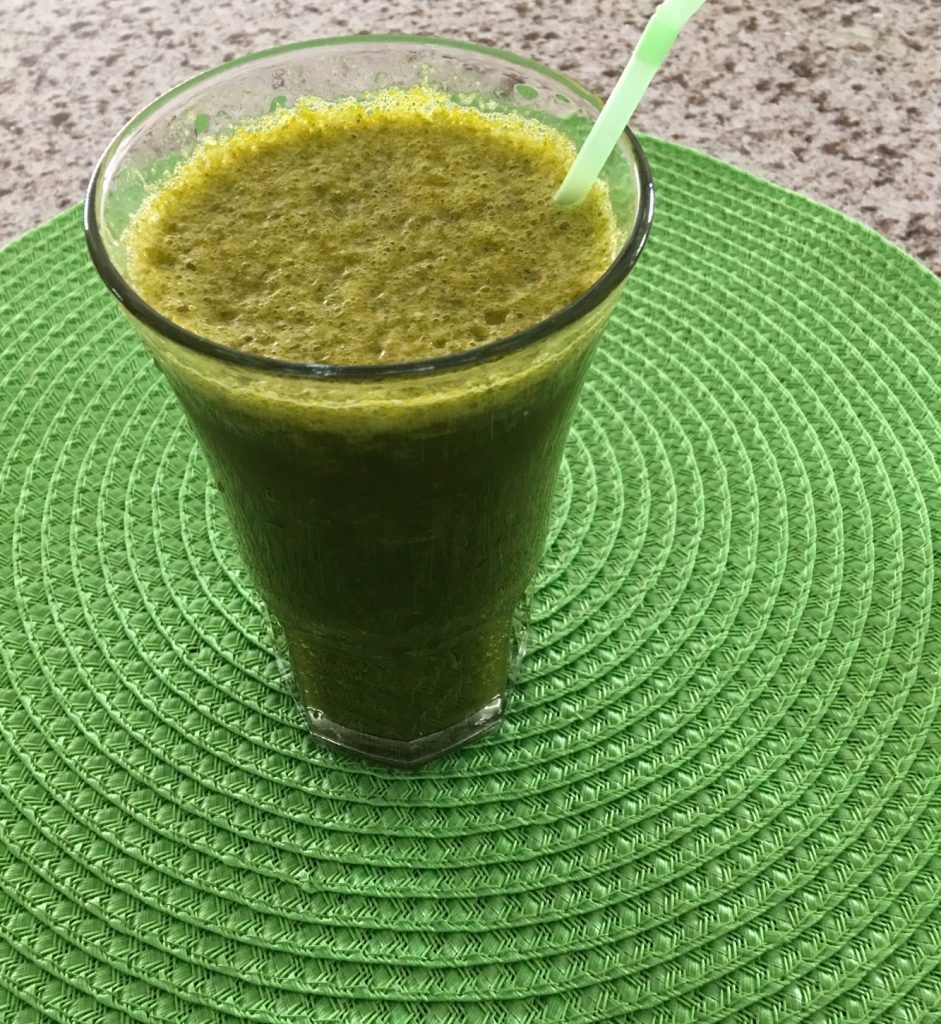

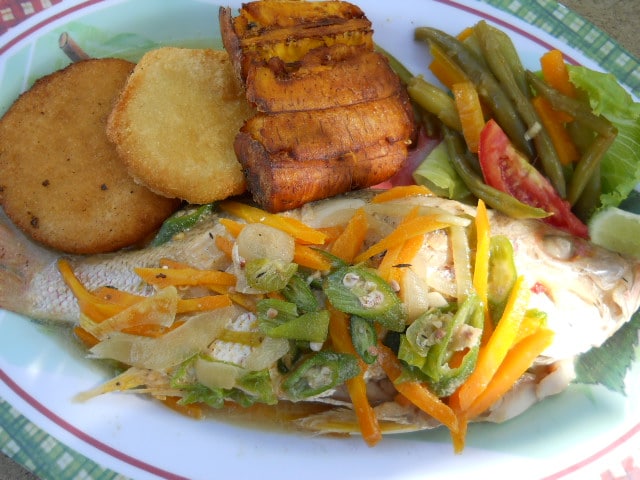
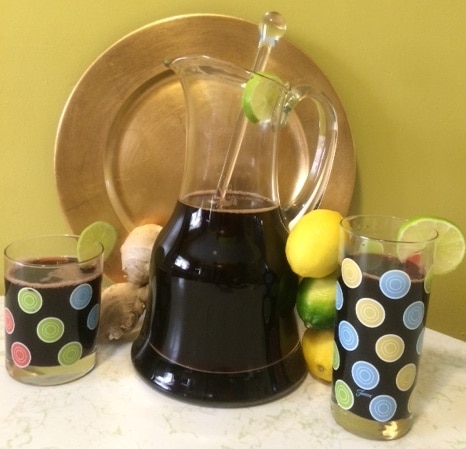
I loved this article! Have ben keeping up with your blog for over a year and your
always writing up some reat stuff. I shared this on my twitter and my followers loved it!
Keep up the good work 🙂
I have noticed you don’t monetize your website, don’t waste your
traffic, you can earn additional cash every month because you’ve got hi quality content.
If you want to know how to make extra bucks, search for:
Mertiso’s tips best adsense alternative
i wish i had been brought up this way , i like my veggies but i love meat so and i tolerate it better than grain and fruit , dont do much proccessed foods i agree they are bad for u i admire they why they live , and i love there relaxed way , and i adore there music , it always makes me feel happy .
did you mean fish under 12 inches
yes, thanks for the visit.